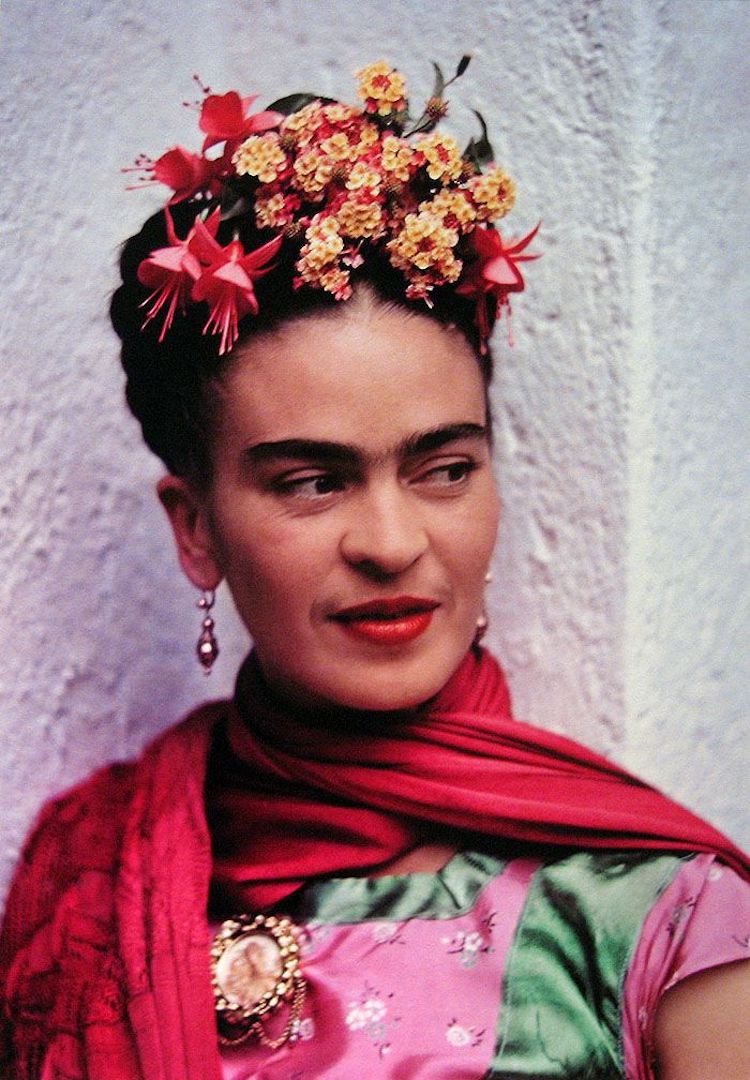
Photo credit: Nickolas Muray
Long after her death in 1954, artist Frida Kahlo continues to be a household name. Her intriguing—and now iconic—paintings and personal style have endured through the years and still inspire people today. Like her art, her clothing was full of color and had a visual richness that remains perpetually en vogue. But perhaps best of all, the objects she owned provide us insight to her life behind closed doors.
Kahlo used fashion to give her emotional strength to overcome her physical challenges. When she was only 18, she was in a near-fatal bus accident that took two years of recovery and would cause her pain for the rest of her life. Despite this difficulty, she transformed medical-related objects into wearable works of art. One was a full body cast that she wore after the accident, which she painted and transformed into a movable sculpture. Another was a prosthetic limb. After her leg was amputated in 1953, she turned the artificial limb into a spectacular object that was complete with a red lace-up boot and bell attached.
After Kahlo’s passing, her husband Diego Rivera sealed her belongings in the bathroom of their Mexico City home. Grief-stricken, he said to keep them hidden until 15 years after his death. He died in 1957, but the items remained stowed away for 50 years. It wasn’t until 2004 that the Frida Kahlo Museum decided to catalog them.
Japanese photographer Ishiuchi Miyako had the honor of documenting the makeshift Frida Kahlo closet. Using a 35mm camera and natural light, she photographed more than 300 previously-unseen items. This culminated into a book called Frida by Ishiuchi that’s now available through Amazon.
Artist Frida Kahlo’s paintings and personal style remain an inspiration today.
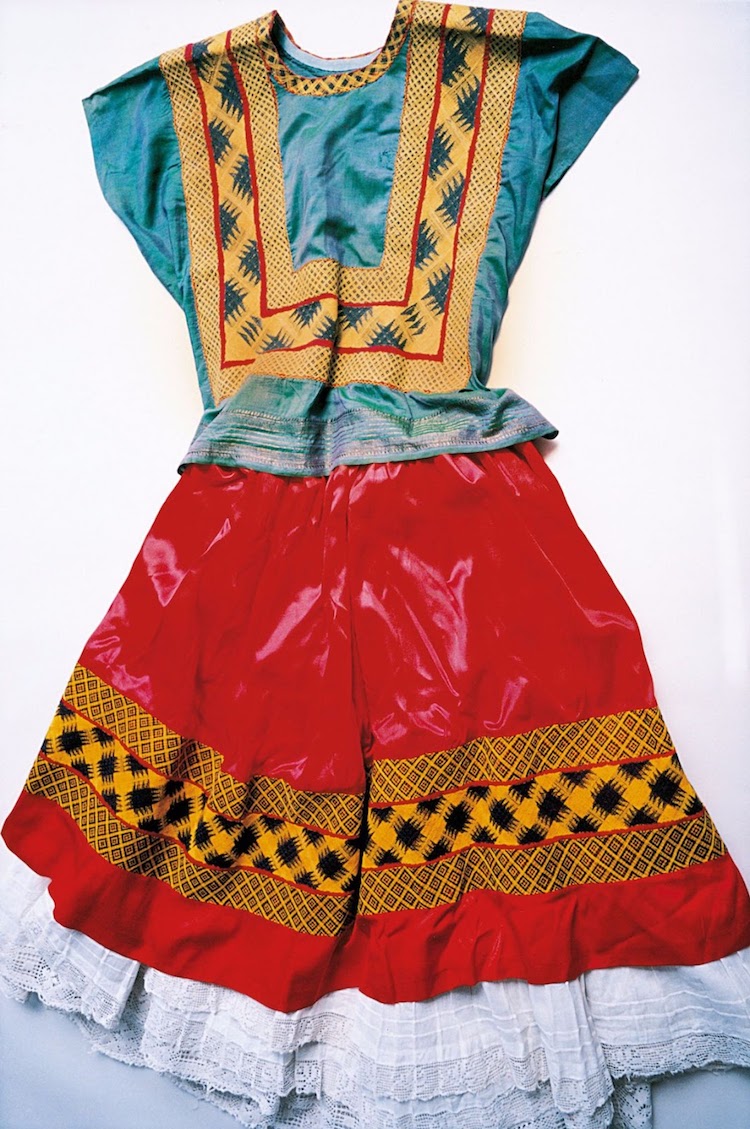
Kahlo had polio as a child with made her right leg thinner than her left. Additionally, she fractured it in 11 places after her bus accident. Long dresses like this helped conceal her legs.
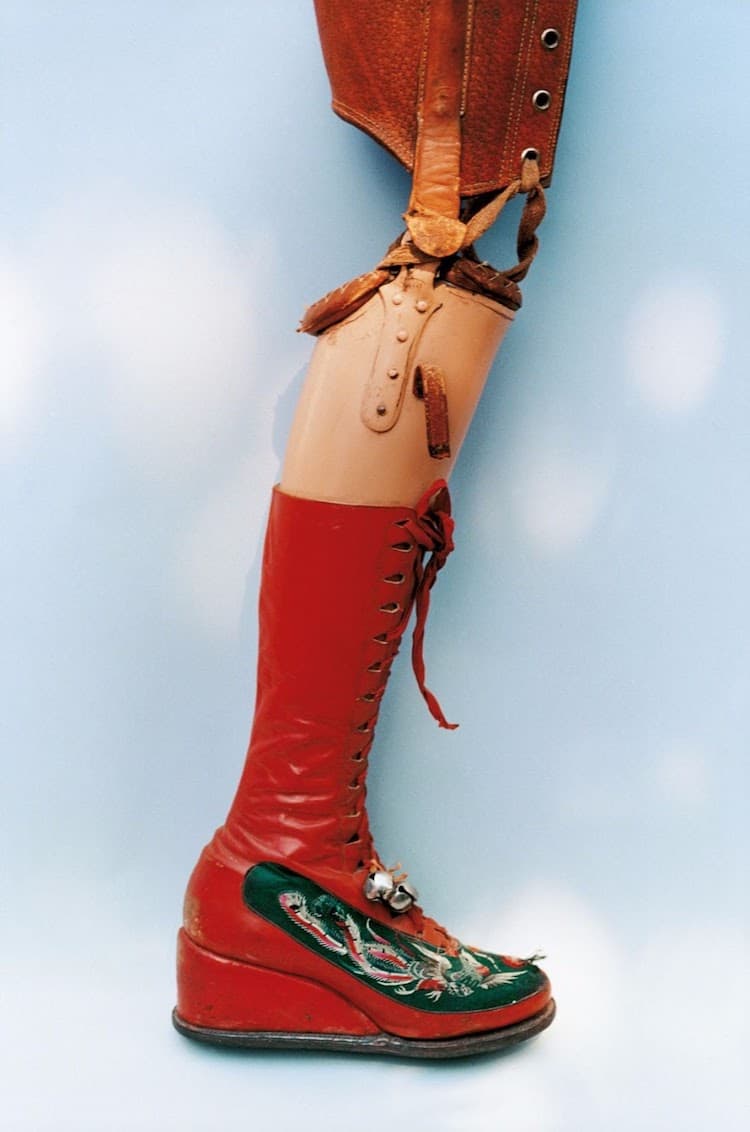
Kahlo’s prosthetic limb with embroidered lace-up boots.
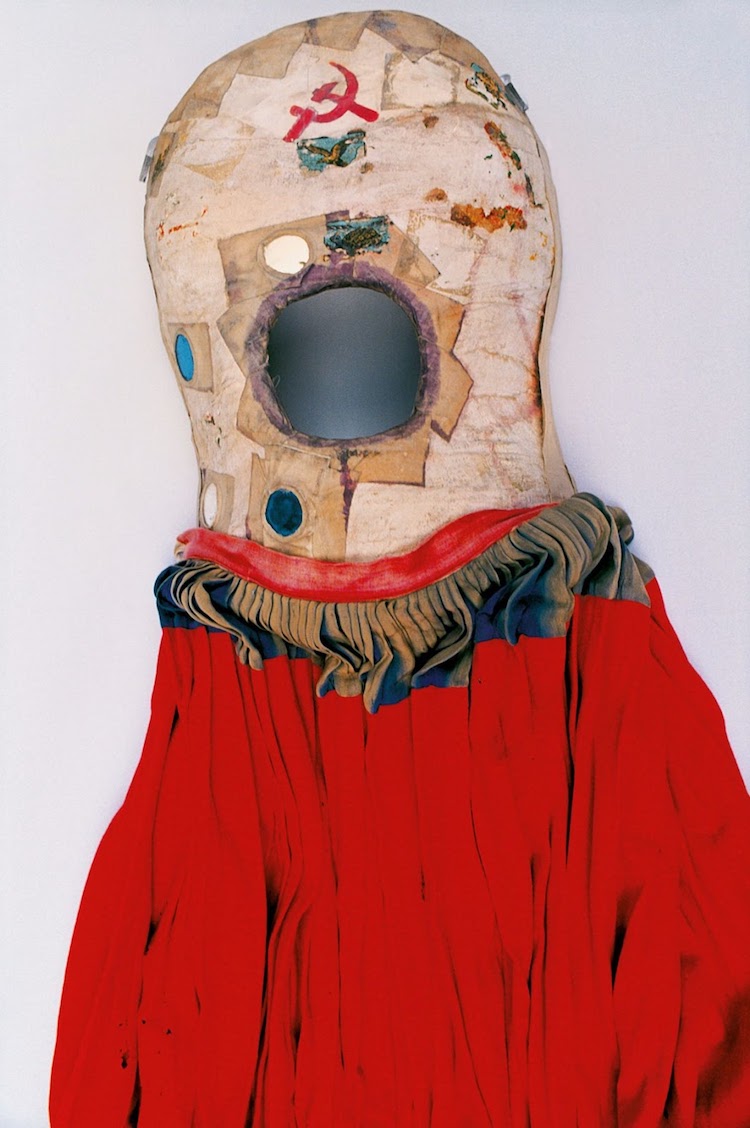
Kahlo’s full body cast that she wore for three months after her bus accident.
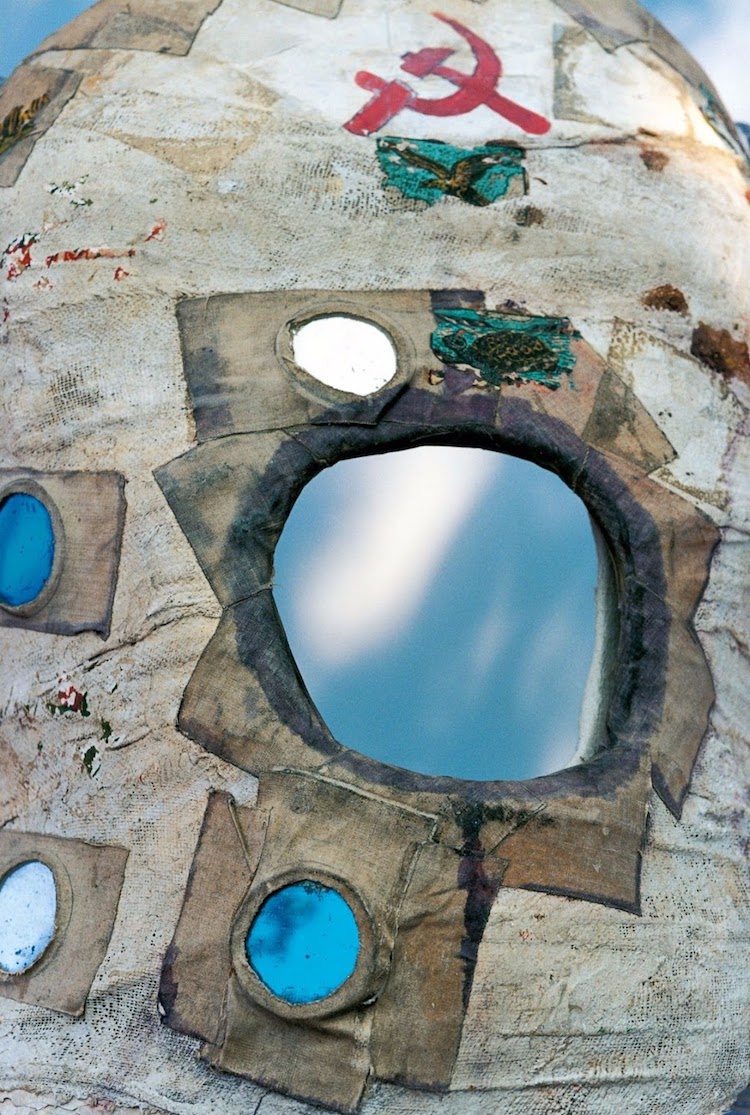
Kahlo’s full body cast (detail).
She used combined fashion and art as a way to cope with physical challenges that affected her over the course of her life.

A green silk skirt attached to a corset.
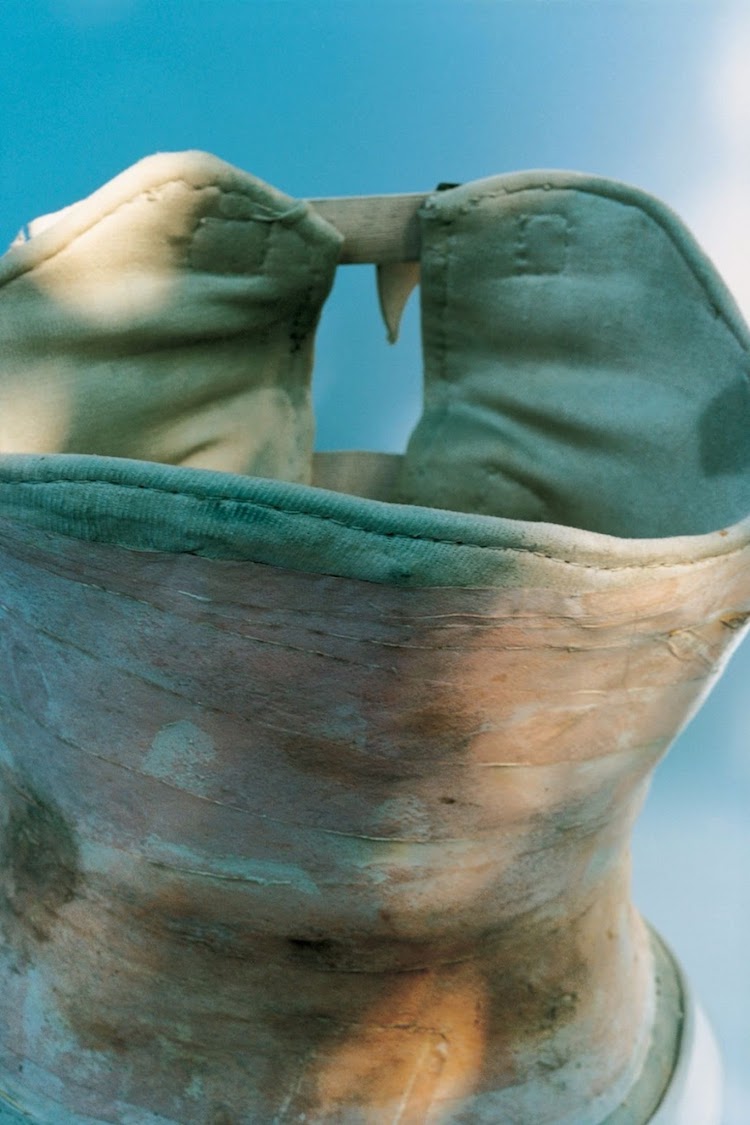
One of Kahlo’s corsets.
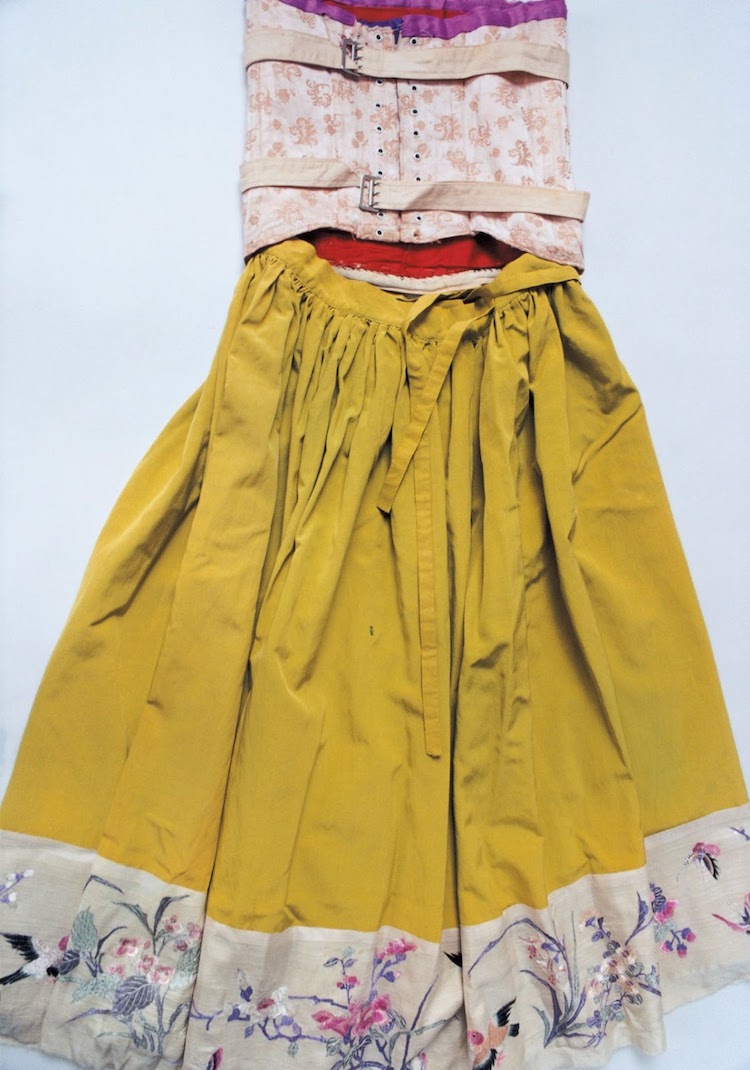
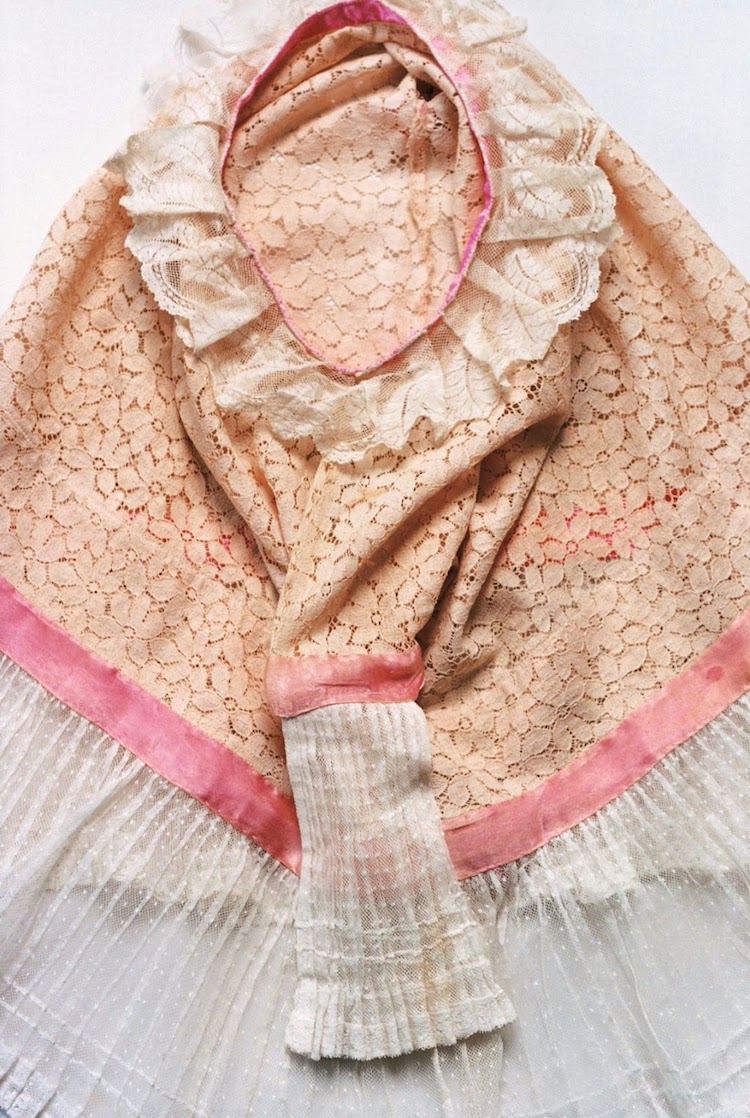
Lacy headdress.
After Kahlo’s death in 1954, her husband Diego Rivera ordered her belongings to be locked in a bathroom until 15 years after his death.
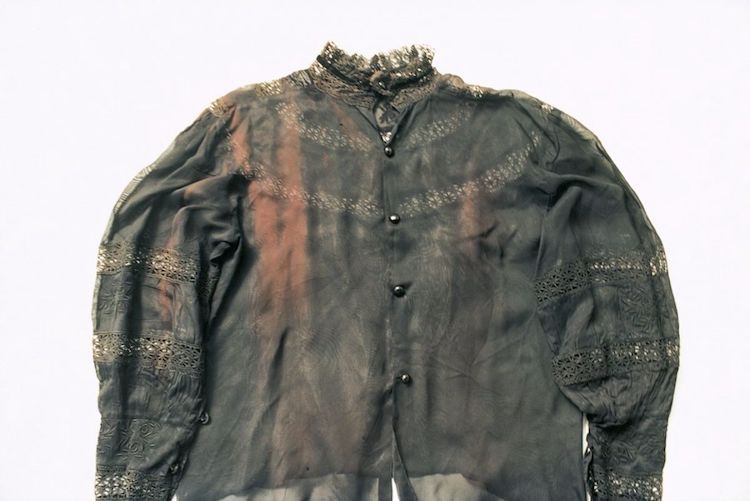
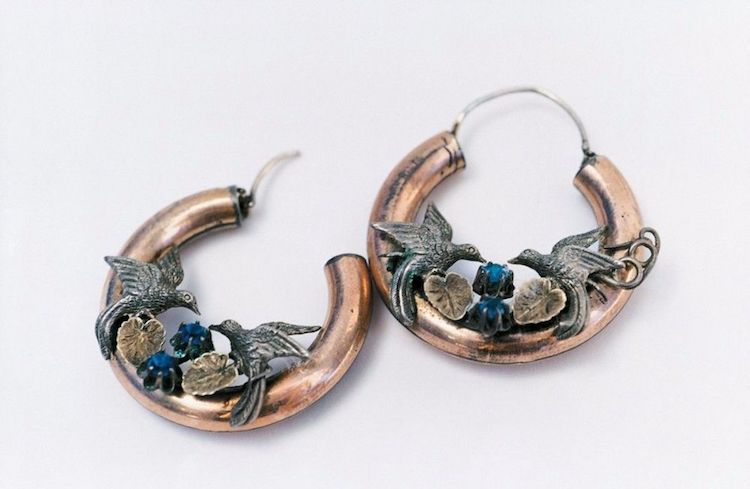
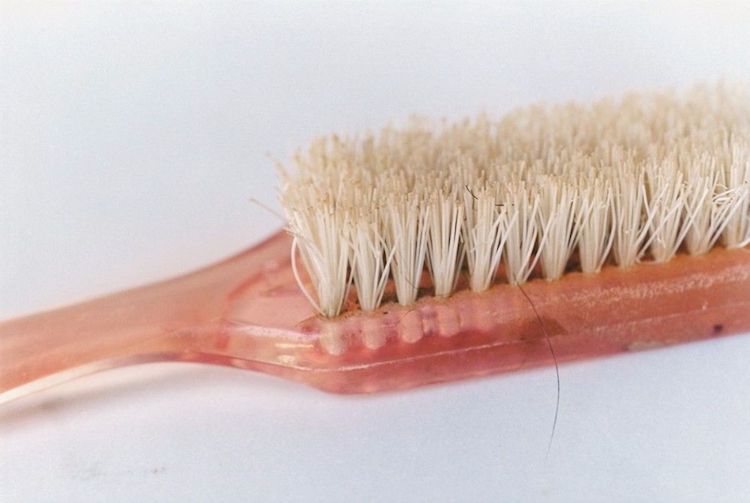
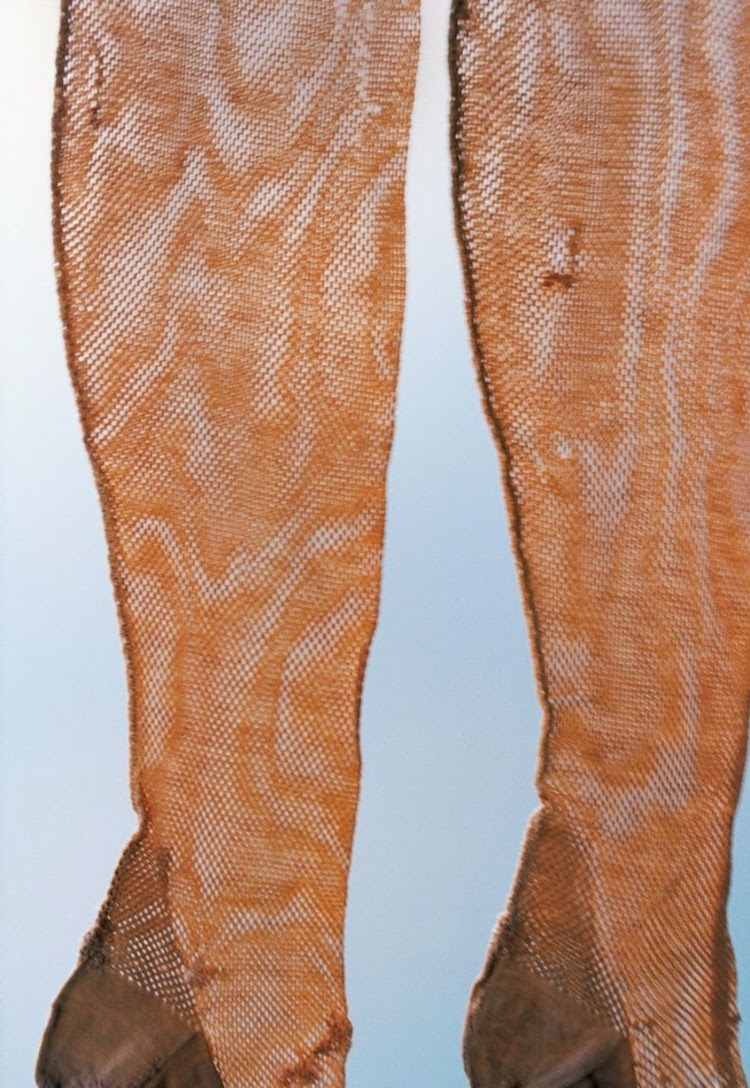
The makeshift Frida Kahlo closet remained sealed for 50 years, when the were finally revealed in 2004.
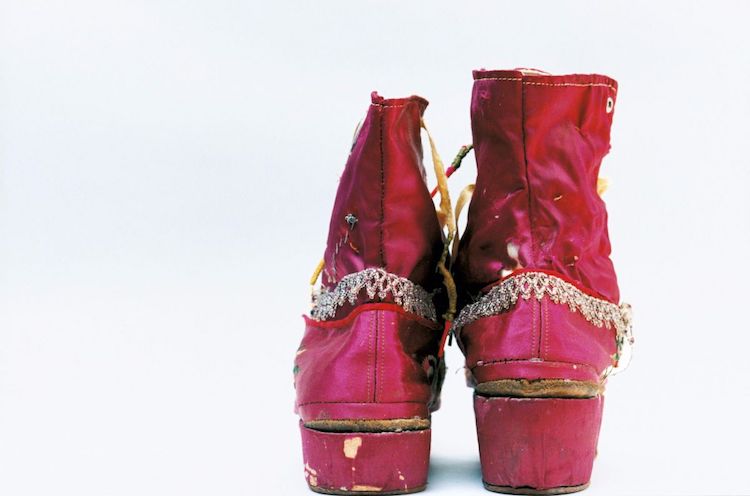
Fringe boots with a stacked righ heel.
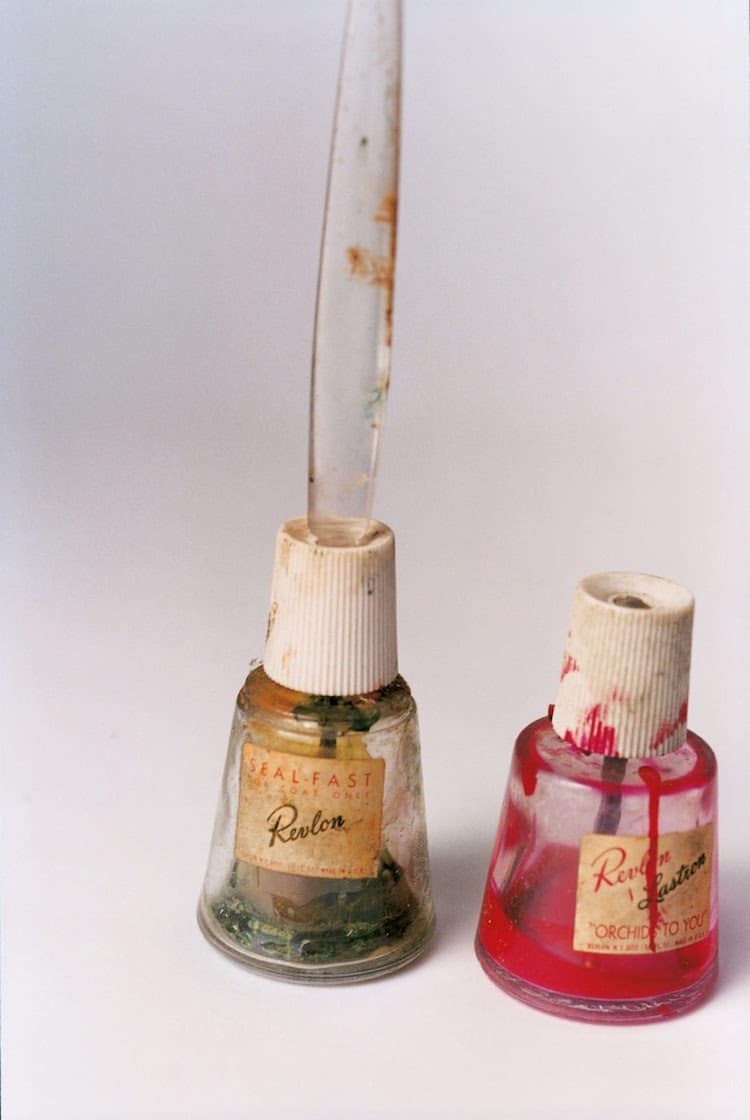
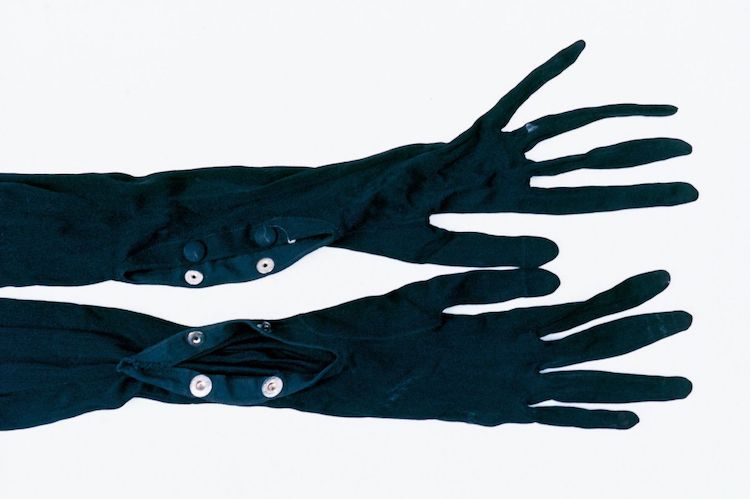
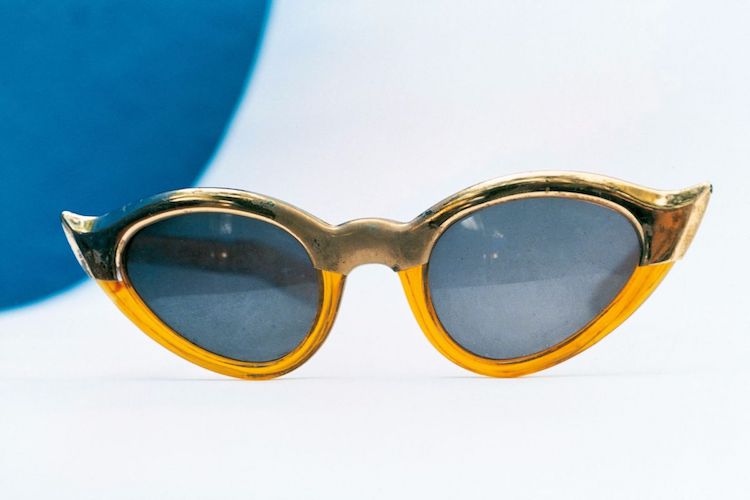
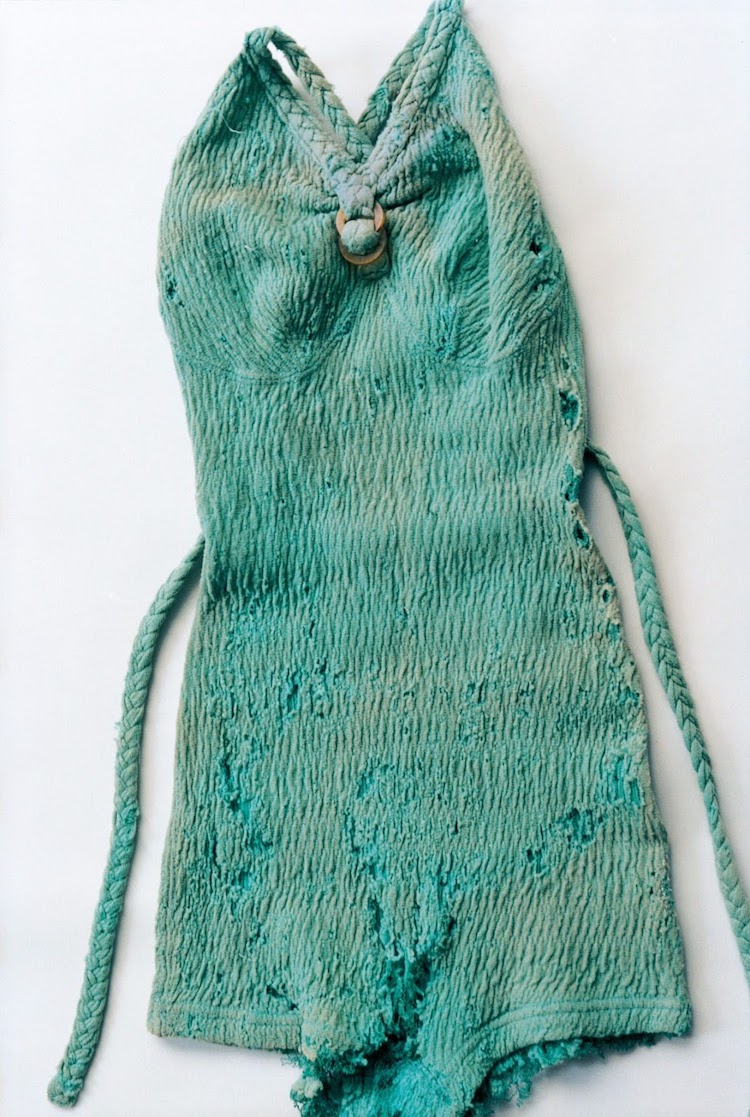
Kahlo’s swimsuit.
h/t: [Bored Panda, Everyday Vintage]
